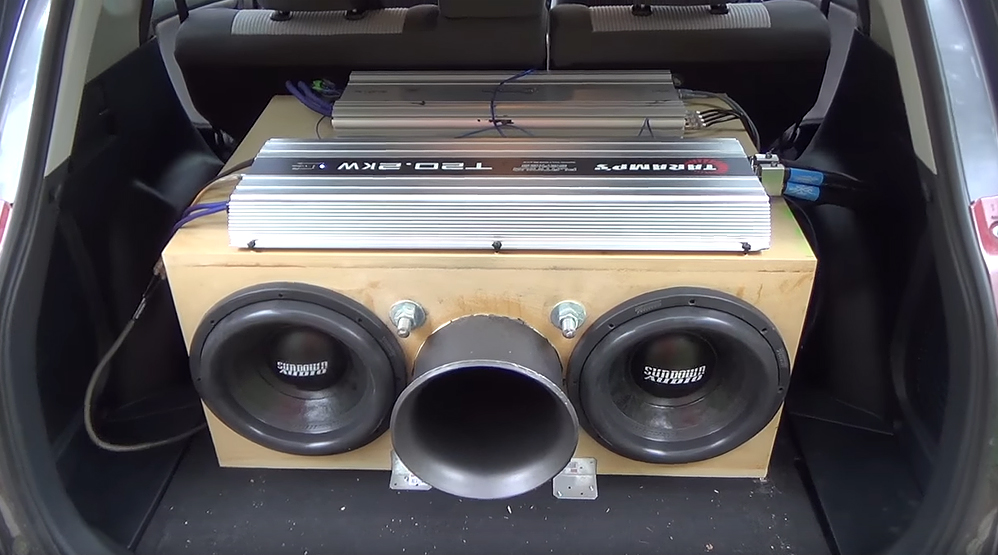By Chris Ward, February 22, 2018
For some time now, the debate on digital amplifiers has been raging among sound enthusiasts. Some categorize digital amplifiers as class-D amplifiers despite the difference in technologies denoted by the two terms. Digital amplifiers are made to produce the best possible sound quality via an appropriate and aligned high voltage system. Even though digital amplifiers were previously expensive, technological advancements have allowed audiophiles to experience reduced noise and better quality sound at an affordable price.
Before hitting up the sound or online store for your digital amplifier, we suggest that you learn a little bit about what to look out for in a digital amplifier before you settle for one. Here are the five tips for choosing a digital amplifier.1. Understand the type of receiver that best suits your needs
There exists two receiver types, stereo sound and surround sound receivers. Movie buffs prefer surround sound receivers. Persons, who take a shine to pure audio performances for music, prefer stereo amplifier receivers. Also, stereo amplifier receivers tend to be less expensive compared to 5.1 audio receivers. Nonetheless, if you desire to enjoy both music and movies and don’t mind paying extra, a surround receiver is best-suited for you.2. Check the number and types of Inputs and outputs
Assessing the number and type of the input and output connectors in a digital amplifier is a crucial part of the purchasing decision. Receivers connect all your video/audio sources to the speakers and function as the home theatre’s central unit. Many inputs and outputs mean that your receiver can connect to more sources without the need to unplug cables. Currently, HDMI is the most commonly used means for connecting video/audio devices. Opting for a receiver with many HDMI ports is vital. The bulk of basic receivers have no less than three HDMI ports, and that’s good enough for most users, supposing you have a gaming console, a High Definition set-top-box and a DVD player connected. Receivers typically come with one HDMI-out port used to connect to a TV. Additionally, look for the Audio Return Channel HDMI which enables the amplifier’s HDMI port to receive audio from the TV.3. Power
An amplifier’s power output is among the first things to look out for before making a purchase. Power output gives a pointer as to the loudness of the audio output. The majority of amplifier producers specify watts per channel; the amount of power sent to speakers. For instance, the CAL Alpine PDX is rated 1,600 watts maximum, 100 watts RMS for four channels with the remaining channel rated 500 watts. The specification helps in matching amplifiers to speakers which come with varying ranges of power. Always choose a receiver with a power output that best-utilizes the speaker.4. Check the THD
The receiver’s Total Harmonic Distribution affects sound distortion. THD is expressed as a percentage, and it depicts the variance from the actual signal. A lower THD translates to a decreased distortion which is good.5. Assess the supported media formats
All receivers come with audio decoders that decrypt audio sent to it. Mostly, receivers support DTS formats, Dolby Digital, DTS-HD and Dolby TrueHD. Look for amplifiers equipped with the decoders as mentioned earlier.







